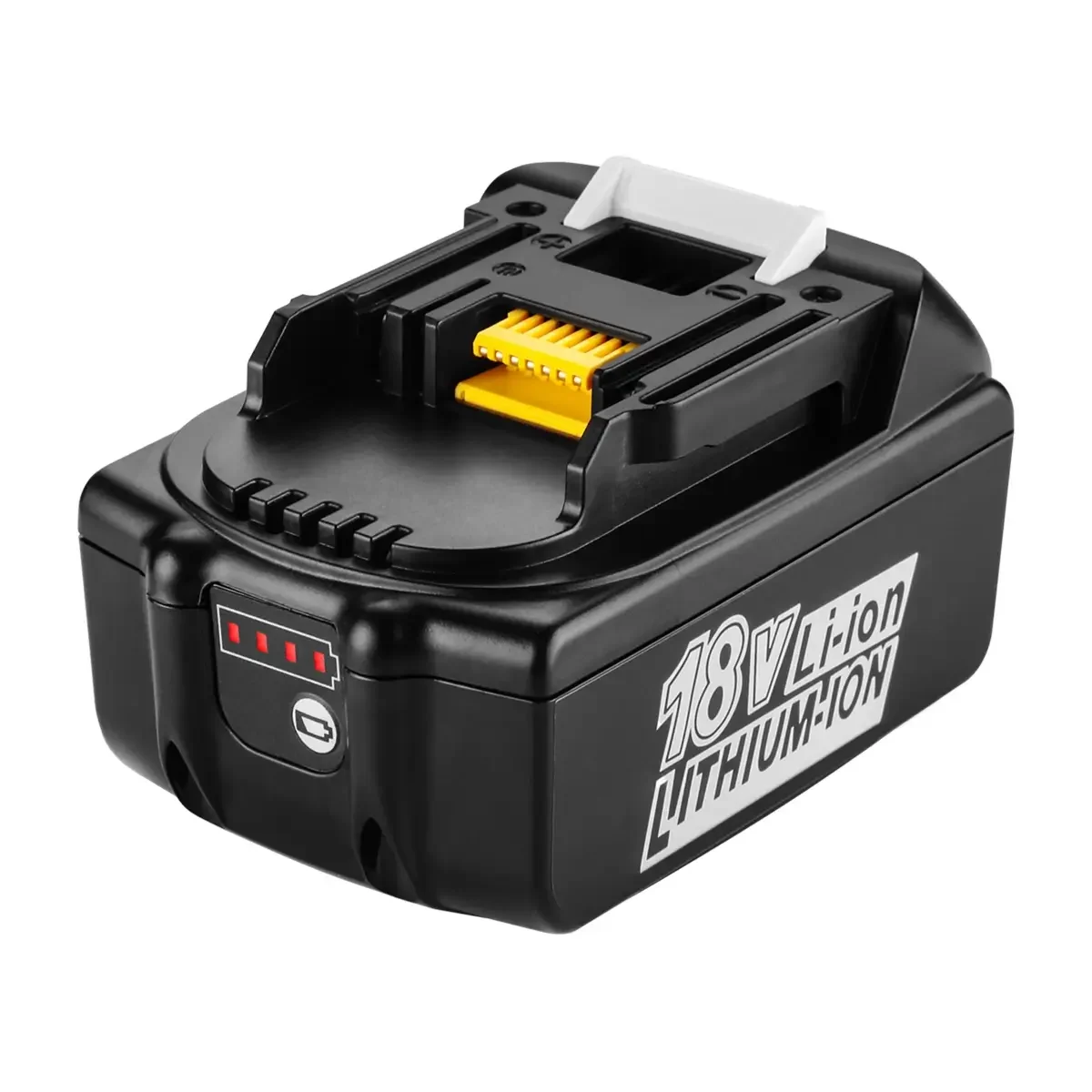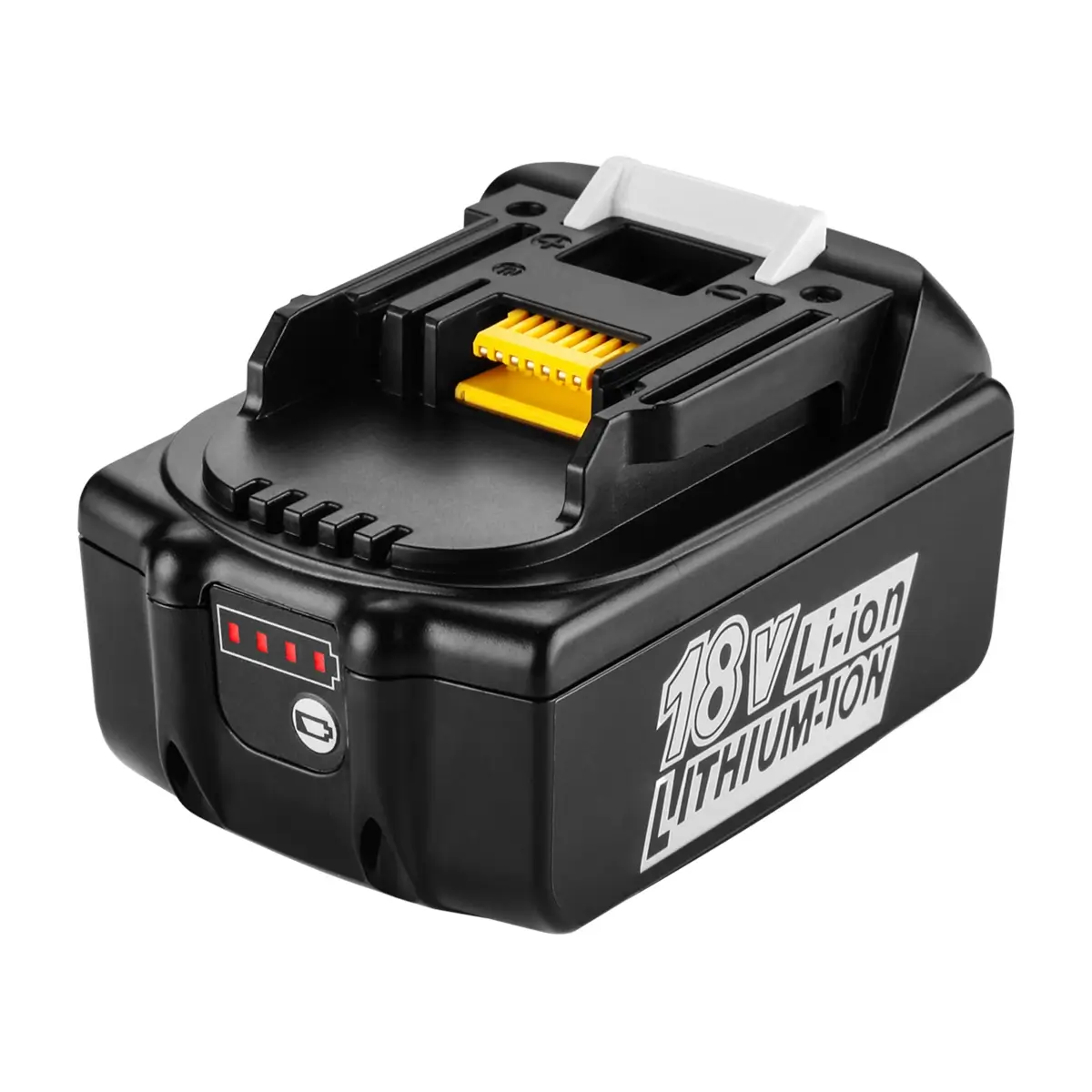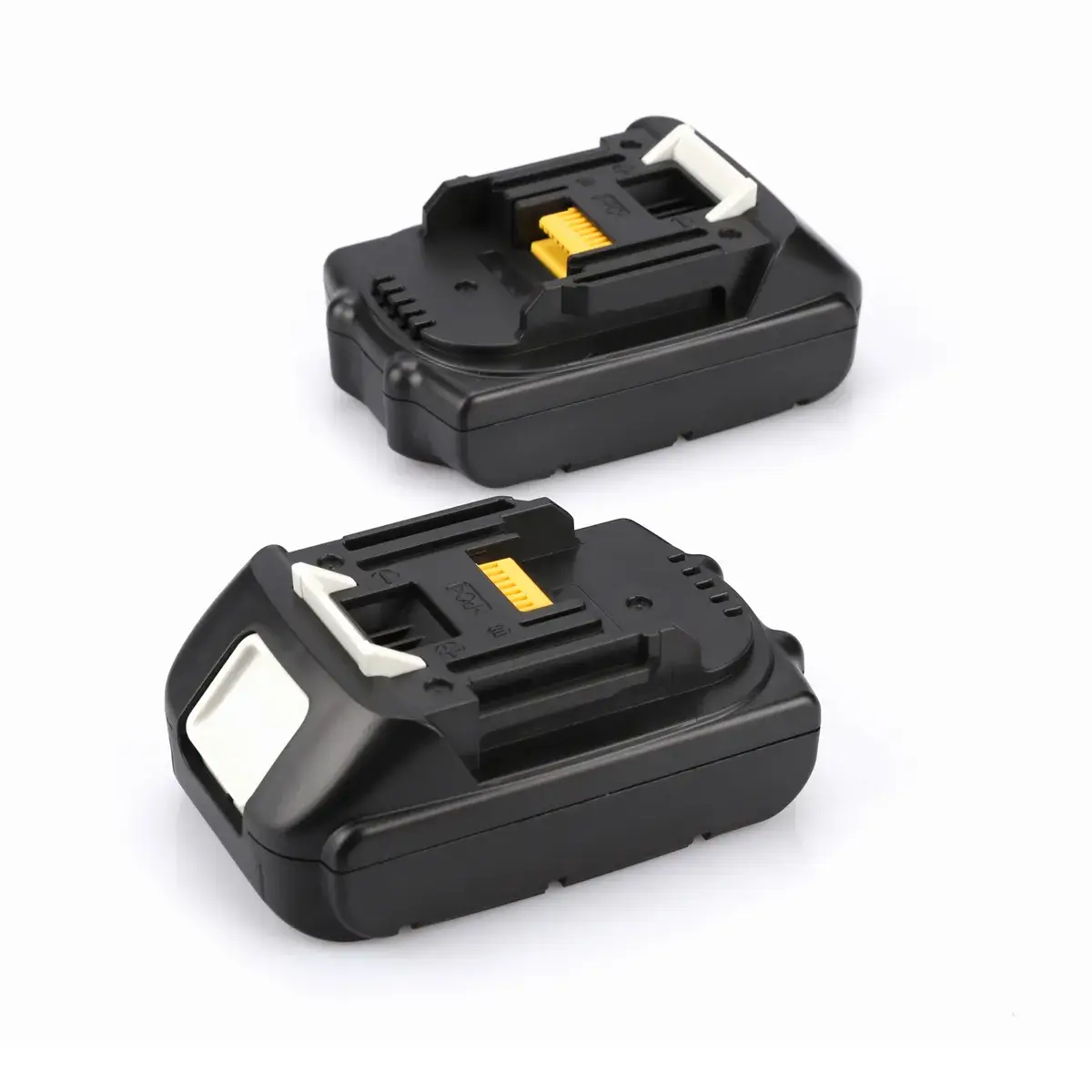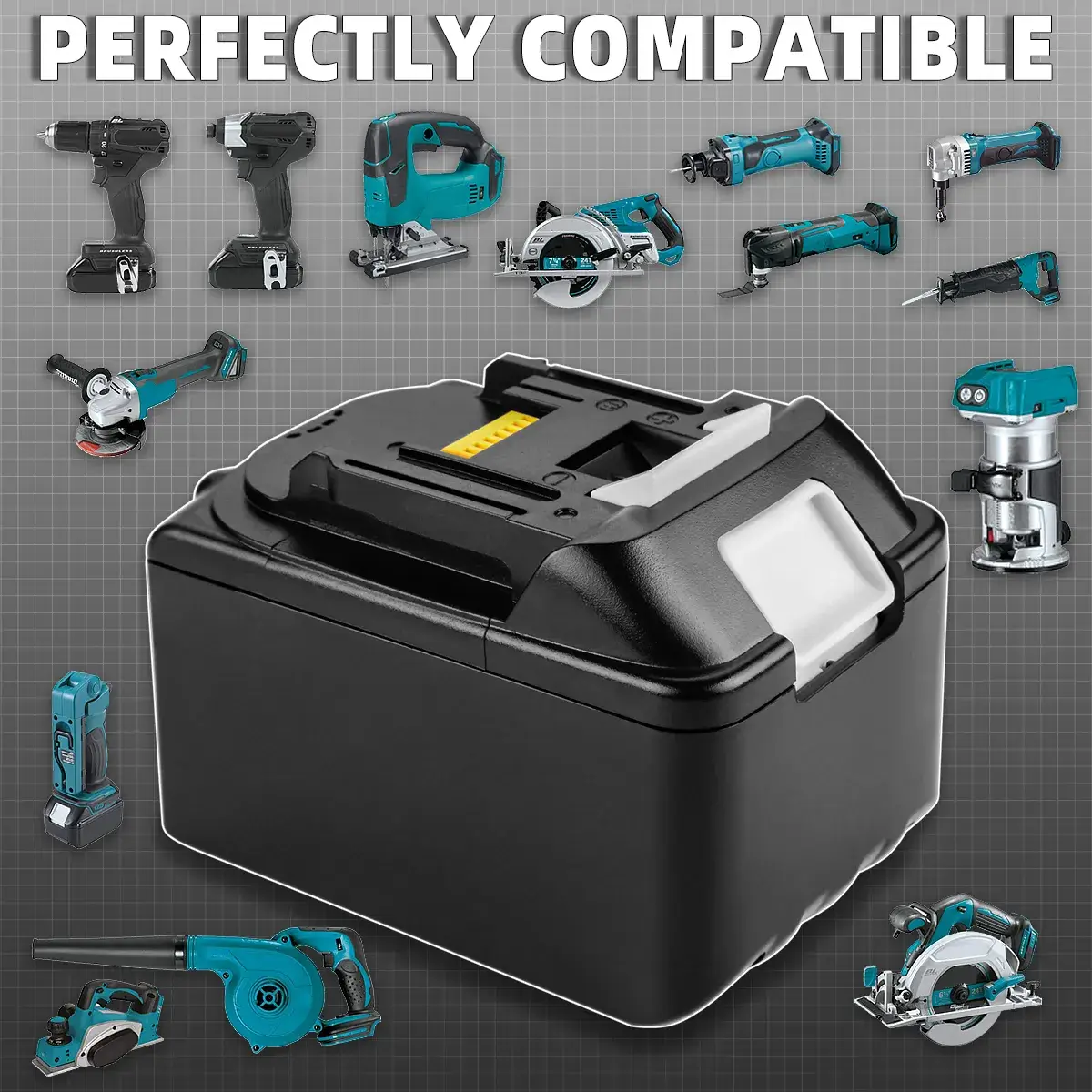Makita Replacement Batteries: How to Choose, Maintain & Recycle
This article will help you choose the right battery replacement solution for your Makita tools and master the core maintenance techniques to extend battery life and life. First, we will teach you to identify battery degradation signs (sudden drop in battery life, slow charging, overheating, etc.), and compare the mainstream replacement models in 2025 - Makita BL1850B, Powermax 6.0 Ah, OEMTOOLS 9.0 Ah, Makita refurbishment kit and XNJTG smart BMS battery. Then we will provide maintenance processes such as 20%-80% charge and discharge management, 10°C-25°C storage, regular calibration and contact cleaning, and explain in detail the compatibility of the three major platforms of LXT, XGT, and CXT and environmentally friendly recycling methods. Finally, we will introduce how XNJTG (www.xnjtg.com) as a factory direct supply partner provides ISO/CE certified, 12-month warranty professional replacement batteries to meet the needs of multiple brands such as Makita, DeWalt, and Dyson.

Find the right Makita battery replacement and learn how to care for it to maximize tool performance and lifespan. Plus, discover how XNJTG (www.xnjtg.com) can serve as your factory-direct partner for professional replacements of Makita, DeWalt, Dyson vacuum batteries, and more.
Learn how to choose the best Makita-compatible batteries—OEM or third-party—and apply smart care habits to extend runtime, reduce costs, and ensure eco-friendly disposal. XNJTG offers ISO-certified packs, smart BMS features, and a 12-month warranty to match or exceed OEM standards.
1. How Do You Know When to Replace a Makita Battery?
Monitor your Makita battery’s health by these key signs: if runtime drops below 50% of its original capacity, voltage sags noticeably under load, or the charger’s LED flashes red/green error codes; inspect for physical damage—bulging, corrosion, or excessive heat during use; and note if cell imbalance causes one-cell failure. After ~500 full-charge cycles, performance naturally declines. When any of these occur, it’s time to replace your Makita pack.
Symptoms of Battery Decline
| Symptom | What It Means |
| Runtime drops significantly | Aging cells or unbalanced charge |
| Charging takes much longer | Degraded capacity or internal resistance |
| Battery overheats while charging | Shorted cells or failing pack |
| Tool lacks full power | Insufficient current output from battery |
Testing Methods
- Voltage Detector: Should read close to 18 V at full charge.
- Tool Load Test: Run under moderate load; watch for power dips.
- Charger LED Codes: Note any error blink patterns.
> Pro Tip: Use Makita’s diagnostic app (via Bluetooth adapter) to monitor cell balance and health metrics.

2. What Are the Best Replacement Batteries for Makita Tools in 2025?
Whether you prioritize OEM quality or cost-effective upgrades, these Makita-compatible packs deliver performance and reliability.
| Battery Option | Capacity | Why It’s a Top Pick |
| Makita BL1850B 18V LXT | 5.0 Ah | OEM pack, trusted reliability, 5-year warranty |
| Powermax 18V 6.0 Ah | 6.0 Ah | Cost-effective with solid runtime |
| OEMTOOLS 18V 9.0 Ah | 9.0 Ah | Heavy-duty, long runtime for big jobs |
| Makita Certified Refurbished | 5.0 Ah | Budget-friendly with OEM-backed support |
| XNJTG 18V 5.0 Ah | 5.0 Ah | Smart BMS, thermal & surge protection |
> XNJTG Note: Our 18V Pro packs are ISO‑manufactured, pass 500+ cycle tests, and include a 12‑month warranty. Learn more at [www.xnjtg.com](https://www.xnjtg.com).
3. How Can You Make Makita Batteries Last Longer?
To maximize Makita battery lifespan, store packs at 40–60% charge in a cool (50–77°F), dry spot and avoid temperatures below 32°F or above 104°F. Use only genuine Makita chargers and perform an occasional full discharge/charge cycle to recalibrate the BMS. Wipe terminals with isopropyl alcohol, swap batteries before deep discharge, and let packs cool after heavy use before recharging. Rotating multiple batteries and avoiding long-term storage at 100% or 0% charge can extend service life by up to 30%.
✅ Makita Battery Maintenance Tips (2025 Edition)
| Habit | Why It Helps |
| Charge between 20–80% | Reduces internal cell stress |
| Store at 10–25 °C (below 60% RH) | Prevents moisture damage or thermal aging |
| Clean contacts regularly | Maintains stable, safe electrical flow |
| Calibrate quarterly | Restores runtime accuracy on smart models |
| Avoid deep discharge | Protects against cell damage |

4. Are All Makita Batteries Compatible With All Tools?
No—Makita has multiple battery platforms. Mixing them can damage tools or void warranties.
Makita LXT (18V), XGT (36V), and CXT (12V) are not interchangeable. Always verify the battery system and connector type before purchase.
| Battery System | Compatible Tools | Notes |
| LXT 18V | ✅ 18V LXT Tools | Widest ecosystem |
| XGT 36V | ❌ Not with LXT | Heavy-duty pro tools; different interface |
| CXT 12V | ❌ Not with LXT | Compact/light tools only |
5. How Should You Recycle or Dispose of Old Makita Batteries?
Don’t toss batteries in the trash—recycle them safely to prevent environmental harm.
Use Makita’s free mail-in program or local recycling centers recycling service.
Disposal Options
| Method | Details |
| Makita Mail-In Program | Print label online, ship free |
| Local Drop-Off | Home Depot, Lowe’s, and certified recyclers |
| Call2Recycle Centers | Find locations via Call2Recycle.org |

18v Lithium‑ion Battery For Makita Lxt Power Tools(15 Cells)
6. FAQ
- How to Make Makita Batteries Last Longer?
Store at ~50% charge, avoid full discharges, and keep in cool, dry places. - What’s the Difference Between 5.0 Ah and 6.0 Ah?
6.0 Ah offers longer runtime but adds weight—choose based on tool and task. - Are Non-Genuine Makita Batteries Safe?
Third-party packs like XNJTG’s include BMS safeguards and certifications (CE), matching OEM safety. - When Should I Calibrate My Smart Battery?
Every 3 months or after heavy-use cycles to maintain accurate charge readings.
7. Conclusion
Take care of your Makita batteries to optimize tool performance and longevity. When replacement is needed, consider OEM packs or XNJTG pro-grade alternatives with smart BMS and robust warranties.
> Next Step: Visit www.xnjtg.com for detailed product specs, tool compatibility guides, and to order your replacement battery today.